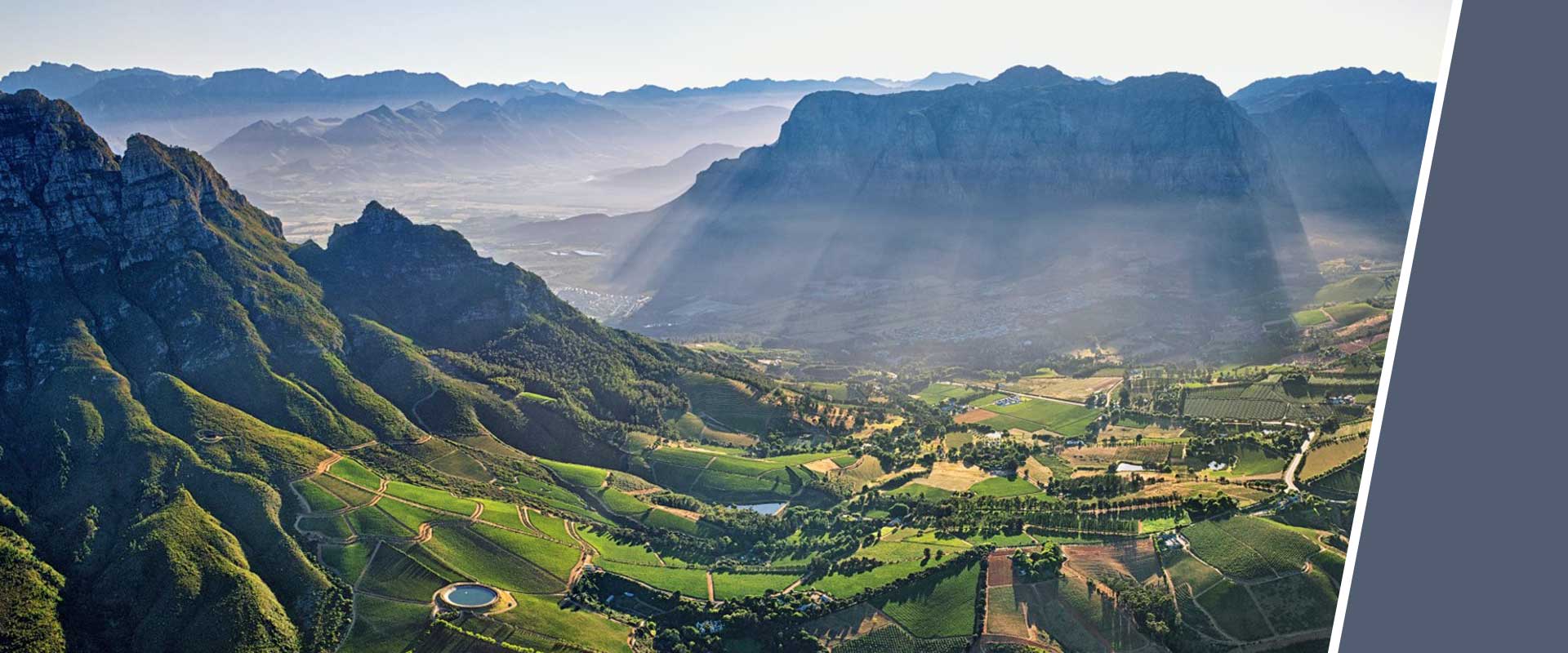
The work on the vineyard
Noble vines require meticulous care, all year round. Work on the soil and vegetation is doubly important because of the effect of one vintage on the next. The work in the vineyard can be divided into three major sections, each of which the winegrowers work on intensively during a specific period. These are the soil, the work on the vine itself and, in addition, the grape harvest.
The soil needs to live
When working on the soil in the vineyard, the vintners must above all fertilise, water and prevent or control pests. Well-aerated soil is essential for the nutrient balance in the soil. Therefore, the soil must be loosened and lightly dug up again and again. At the same time, fertiliser has a twofold significance. On the one hand, in case of a possible deficiency, the necessary nutrients for the wine are returned to the soil, but on the other hand, it is also important not to forget the microorganisms. Only a living soil is healthy and can ensure a balanced nutrient ratio. At the same time, this still provides the best natural protection against root diseases and pests. In South Africa, soil work is mostly done in autumn and spring. In autumn, small mounds of sand are piled up on the trunks of the vines as frost protection; in spring, these accumulations have to be removed again to prevent undesired and undirected growth. In addition, the winegrowers have to prevent erosion, for example by permanently planting vegetation along the vines. Here, however, new problems arise again, because such greening leads to increased water and nutrient competition underneath the plants, and in late frost-prone locations one increases the risk of frost damage through the increased humidity. As is so often the case with such a complex issue as viticulture, there is no ideal solution; every winegrower and every winery must always decide, depending on the location, what work should be done in the vineyard, when and, above all, how, in order to be able to deliver genuine premium wine from South Africa.
Mending and trimming of the vine
The work on the vine has a significant influence on the quantity and quality of the yield. In winter, South African winegrowers repair damaged wires or trellises, sometimes entire stakes have to be replaced. In spring, at the beginning of the growth phase, excess shoots are removed in order to obtain really high-quality yields and not to dilute the wine. The extremely full-bodied and powerful wine from South Africa, but at the same time also the crisp white wine, show impressively that the local winegrowers know their trade. It may also be necessary to tie up the vines with trellis wire so that no precious sunlight goes unused. The workers simply trim excess foliage and even until shortly before the grapes ripen, you can remove a few grapes to further optimise the quality/quantity ratio of the yield.
